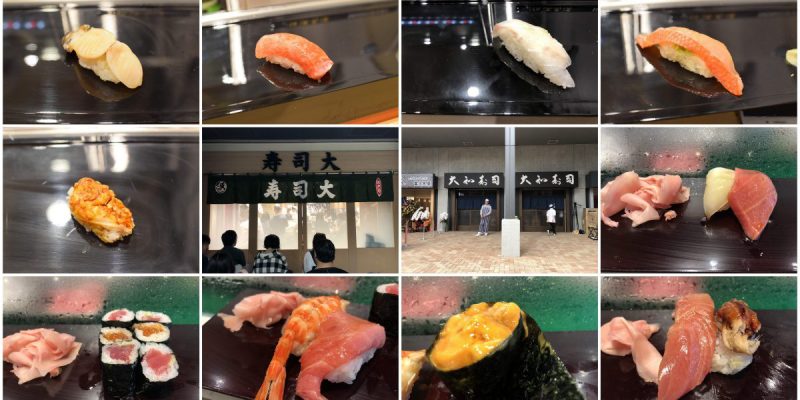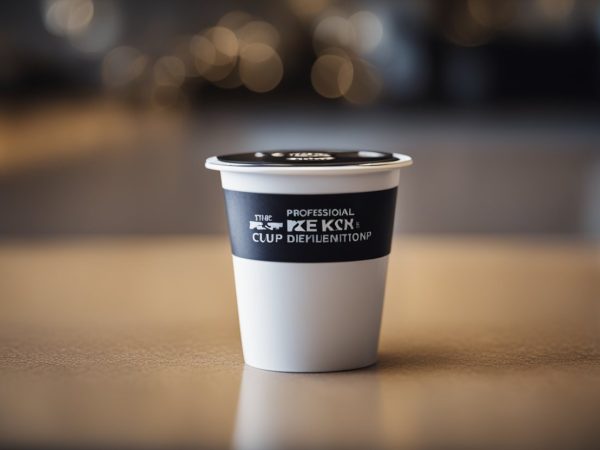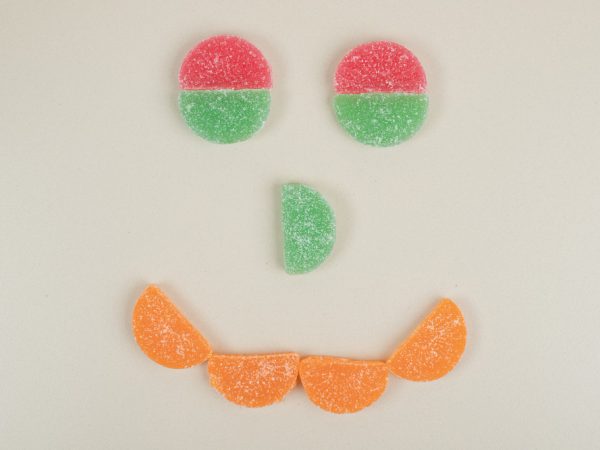Sushi Dai – Tokyo’s Legendary Sushi Experience at Tsukiji

Few culinary experiences are as iconic and bucket-list-worthy for food lovers as a visit to Sushi Dai, the legendary sushi counter once nestled within Tokyo’s famous Tsukiji Fish Market. Renowned for its unparalleled freshness, masterful preparation, and humble yet intimate setting, Sushi Dai has earned a reputation as one of the must-visit sushi spots in Japan.
Though the original Tsukiji Inner Market relocated to Toyosu in 2018, Sushi Dai’s legacy remains strong—attracting global travelers and local sushi connoisseurs alike. In this article, we’ll delve into the history, what makes Sushi Dai so special, what to expect when visiting, and how to make the most of this once-in-a-lifetime sushi adventure.
The History of Sushi Dai: Humble Roots, Global Fame
Sushi Dai was originally located in the Tsukiji Inner Market, the heart of seafood trading in Tokyo for over 80 years. With just 12 seats at a compact counter, Sushi Dai was a hidden gem that slowly became world-famous due to food bloggers, travel shows, and the undeniable excellence of the sushi.
Under the steady hands of seasoned chefs, Sushi Dai built a reputation based on three pillars:
- Extraordinary freshness (sourced right from the market),
- Expert knife work and rice preparation, and
- Genuine omotenashi (Japanese hospitality).
Even after relocating to the new Toyosu Fish Market, Sushi Dai remains an enduring symbol of Tsukiji’s golden age and continues to honor its commitment to top-quality Edomae sushi.
What Makes Sushi Dai So Special?
At first glance, Sushi Dai looks like a modest sushi counter with no Michelin stars or elaborate decor. But step inside—or more accurately, wait in line—and you’ll quickly understand why people queue for up to five hours to eat here.
Here’s what truly sets Sushi Dai apart
- Freshness at its peak: The restaurant sources its fish daily from the market next door—often minutes after the auctions conclude.
- Expert balance: Every piece of nigiri is crafted with a harmonious balance of warm shari (sushi rice) and perfectly seasoned neta (fish).
- Omakase experience: The chef decides the sequence and selection, which showcases seasonality and variety.
- Incredible value: A premium omakase course with 10–11 pieces, plus a hand roll and miso soup, costs significantly less than at upscale Ginza sushi bars.
The Omakase Course – A Journey in Every Bite
When dining at Sushi Dai, you’ll be presented with the omakase set, where the chef selects the freshest items of the day. It’s a guided sushi experience where each bite is curated to build upon the last—in flavor, texture, and presentation.
Typical pieces in the omakase may include
- Otoro (fatty tuna) – melt-in-your-mouth richness.
- Uni (sea urchin) – creamy and sweet, served atop rice like custard.
- Anago (sea eel) – grilled and brushed with a sweet soy glaze.
- Ika (squid) – delicate and silky.
- Tamago (sweet omelet) – a sponge-like dessert that concludes the meal.
The chefs also serve customized items based on preferences, and one of the highlights is the toro maki hand roll, made fresh before your eyes and passed directly over the counter.
What to Expect: The Infamous Sushi Dai Queue
One of the most talked-about aspects of Sushi Dai isn’t the food—it’s the queue.
Visitors start lining up as early as 3:30 a.m., and the restaurant opens at 5:00 a.m. Due to the limited seating and the time chefs take with each group, it’s common for guests to wait 3 to 5 hours before being seated.
Here are a few tips to survive the wait
- Arrive early: The earlier, the better. Even at 5:00 a.m., there will be a line.
- Bring water/snacks: It’s a long wait, often outdoors.
- Wear comfortable shoes and dress for the weather.
- Bring cash: Sushi Dai is traditionally a cash-only restaurant.
- Patience pays off: The staff often chats with guests and tries to keep the queue moving.
Despite the wait, most visitors agree that it’s worth every minute once you’re seated.
Sushi Dai vs. Sushi Daiwa – Know the Difference
Just a few stalls down from Sushi Dai is another sushi bar with a similar name: Sushi Daiwa. While both have origins in Tsukiji and offer high-quality sushi, there are notable differences:
| Feature | Sushi Dai | Sushi Daiwa |
| Wait Time | 3–5 hours | 30–60 minutes |
| Seating | 12 seats | 14 seats |
| Flavor | Refined, balanced | Bold, slightly saltier |
| Ambience | Intimate, deliberate | Faster-paced, more casual |
| Price | Slightly more | Slightly less |
For those with tight schedules, Sushi Daiwa is an excellent alternative. But for purists or culinary pilgrims, Sushi Dai remains the gold standard.
Inside the Experience – It’s More Than Just Food
What truly elevates Sushi Dai beyond just being a great sushi spot is the cultural and emotional depth of the dining experience.
- Direct chef interaction: You sit right across from the chef, who might explain the origin of each fish or the reason behind each preparation.
- Traditional techniques: From brushing soy sauce by hand to gently shaping the rice, the process is art in motion.
- The setting: Small and minimalistic, it channels a deep respect for food and tradition.
Many diners walk away saying they learned something new about sushi, not just ate it.
Tips for Visiting Sushi Dai Today (Post-Tsukiji Relocation)
Since the closure of the Tsukiji Inner Market in 2018, Sushi Dai has relocated to the Toyosu Fish Market, which is more modern, regulated, and spacious. While the soul of the experience remains intact, there are some updates:
- Location: Toyosu Market, Block 6, Fisheries Intermediate Wholesale Market, 3rd Floor.
- Accessibility: Take the Yurikamome Line to Shijo-mae Station. Follow signs to the market entrance.
- Opening Hours: Typically 5:00 a.m. to 2:00 p.m. Closed on Wednesdays and some Sundays.
- COVID-era reservations: At times, Sushi Dai introduced reservation systems due to limited capacity. It’s best to check ahead.
While the market atmosphere is now more structured, Sushi Dai continues to deliver on heritage, flavor, and hospitality.
Conclusion
For anyone serious about sushi—or Japanese food culture in general—Sushi Dai isn’t just a restaurant, it’s an experience. It captures the essence of Tokyo’s fish market heritage while offering an intimate, chef-led culinary journey that’s hard to replicate anywhere else in the world.
Yes, the lines are long. Yes, the seats are few. But what awaits is a meal that transcends food and borders, leaving an impression that lingers long after the last piece of sushi is savored.
If Tokyo is on your itinerary, Sushi Dai should be, too.
FAQs
1. How much does a meal at Sushi Dai cost?
The omakase course usually costs around ¥4,500–¥5,000 (roughly $30–$35 USD), which is incredibly reasonable for the quality offered.
2. Is Sushi Dai still worth visiting after the move to Toyosu Market?
Absolutely. Though the Tsukiji location had nostalgic charm, Sushi Dai’s quality, chefs, and service remain the same at Toyosu.
3. Can I make a reservation at Sushi Dai?
Traditionally, Sushi Dai operates on a first-come, first-served basis. However, during special periods, they may introduce a reservation system. Always check before you go.
4. What’s the best time to go to avoid the long queue?
Arrive before 4:00 a.m. to be among the first groups served. Later arrivals can expect longer waits, especially on weekends.
5. Is Sushi Dai child-friendly or suitable for dietary restrictions?
While children are welcome, it’s a long wait and a quiet setting. The omakase format is not easily customizable, so vegetarians or those with allergies should inform staff ahead or consider other options.
Also read: Sambal Lala – Spicy, Savory Clams in Malaysian Style










